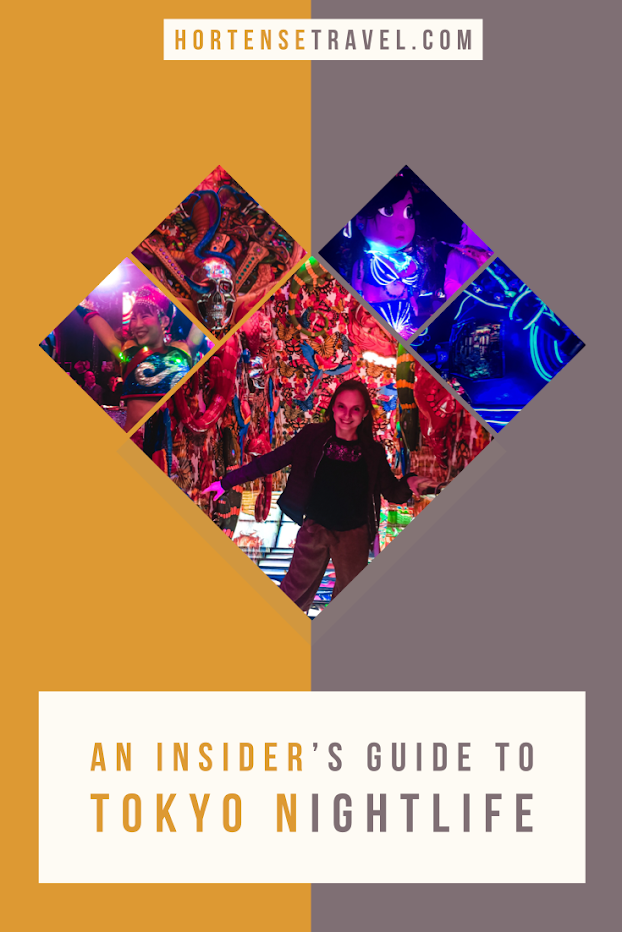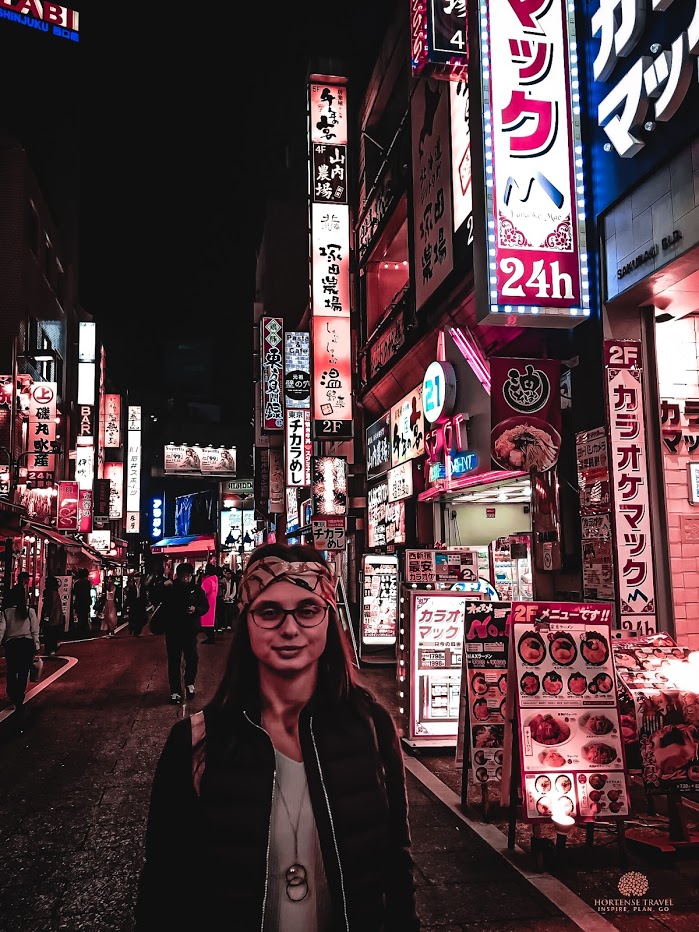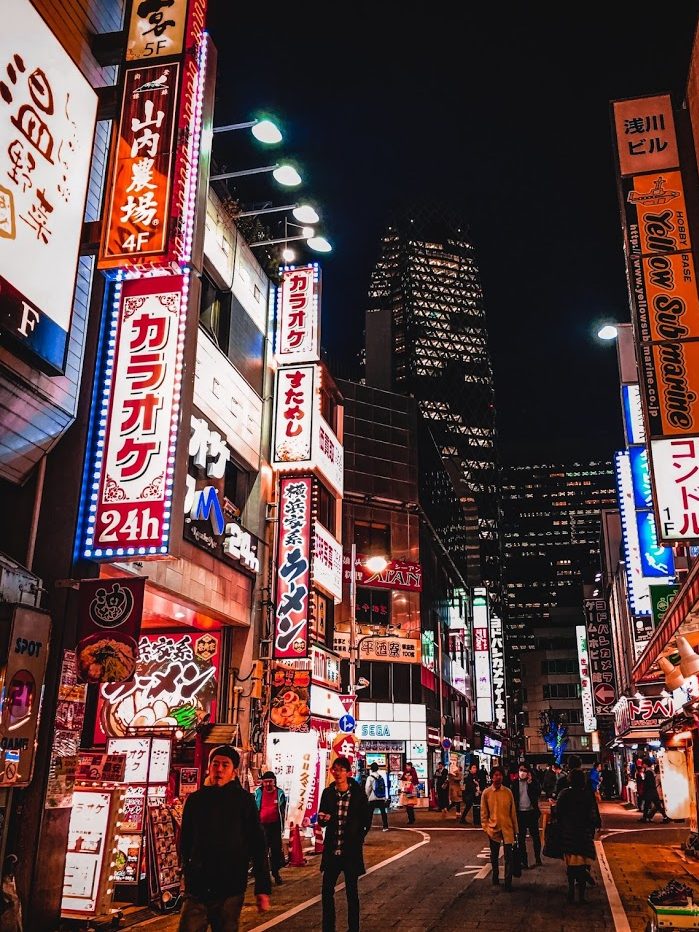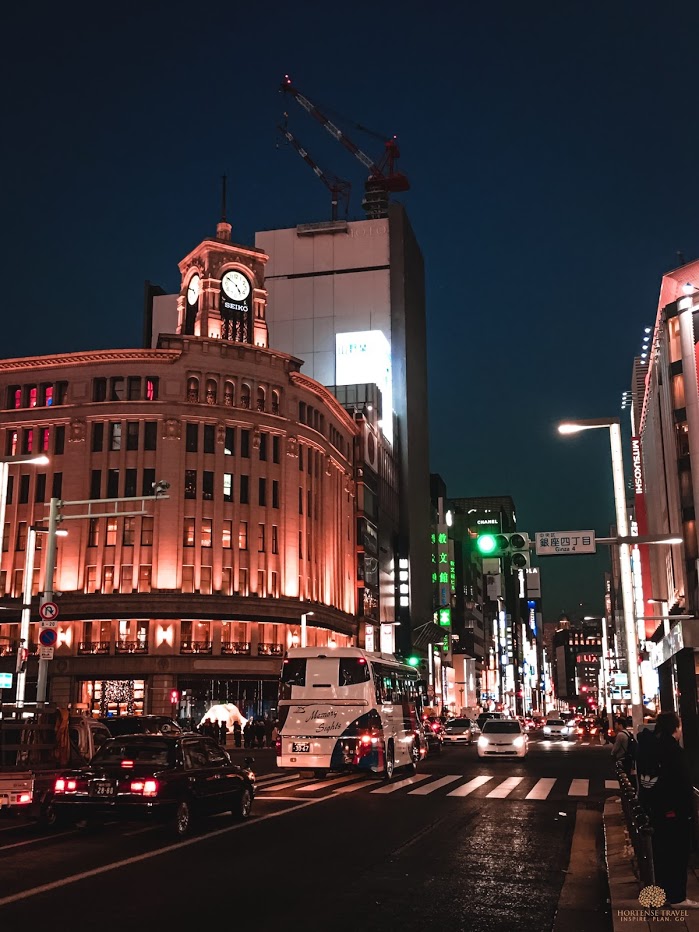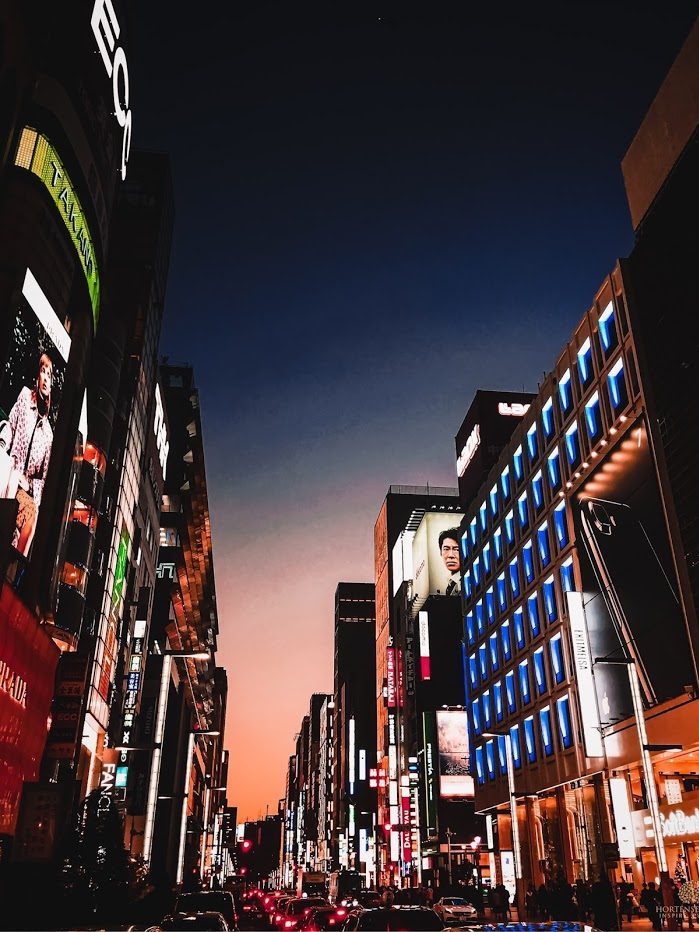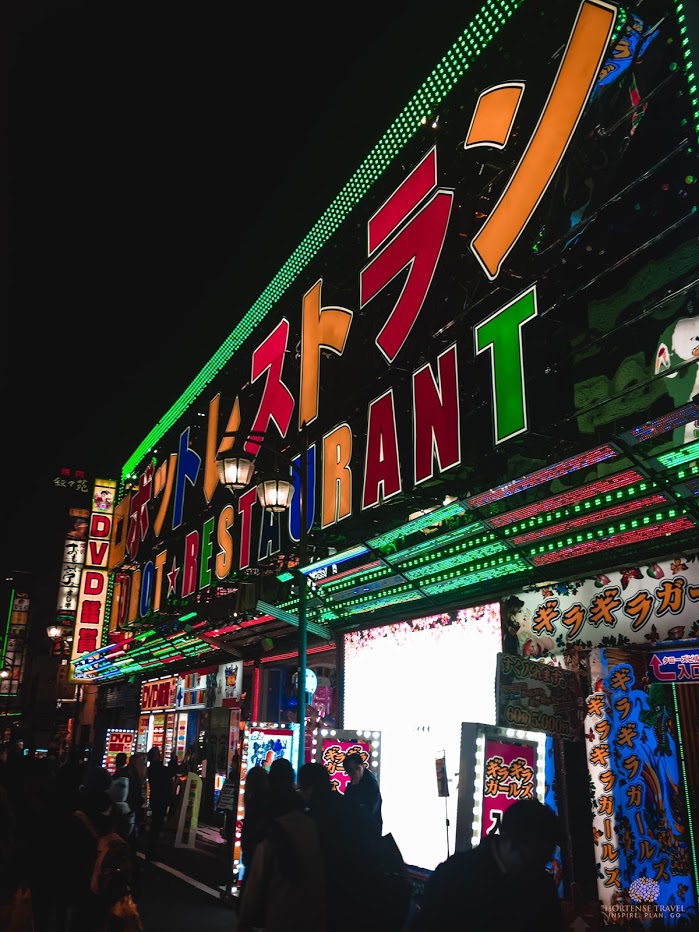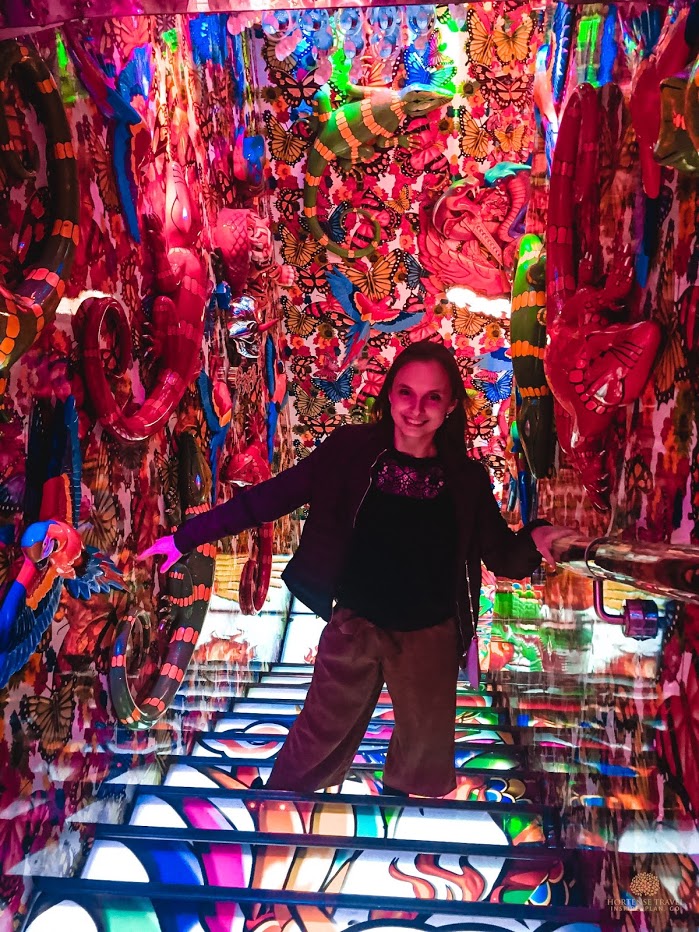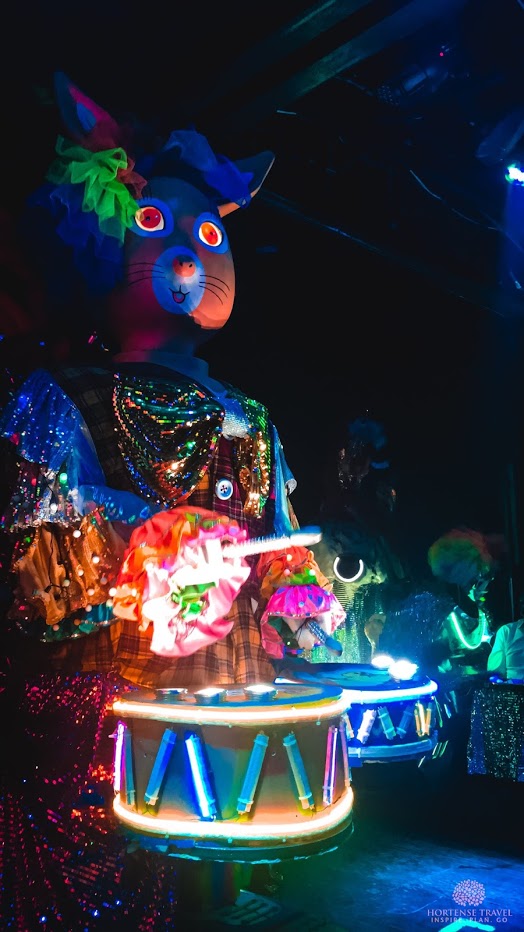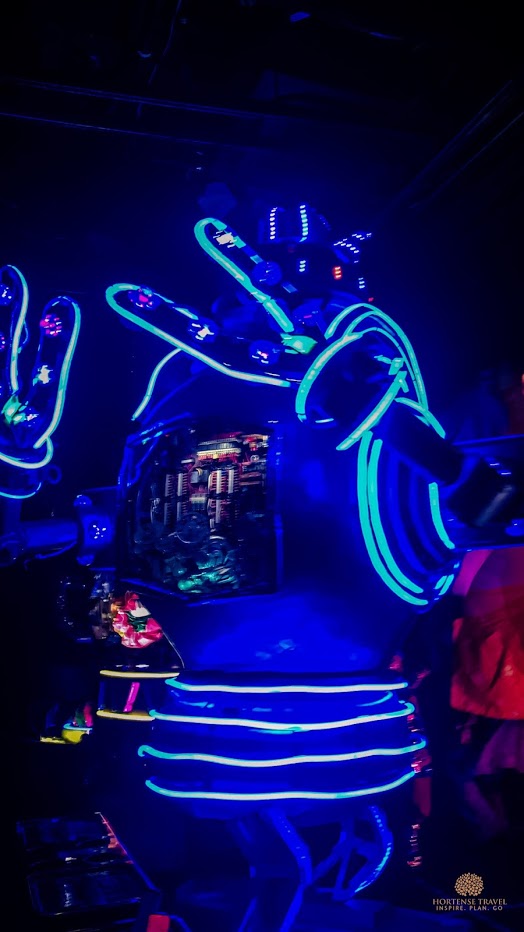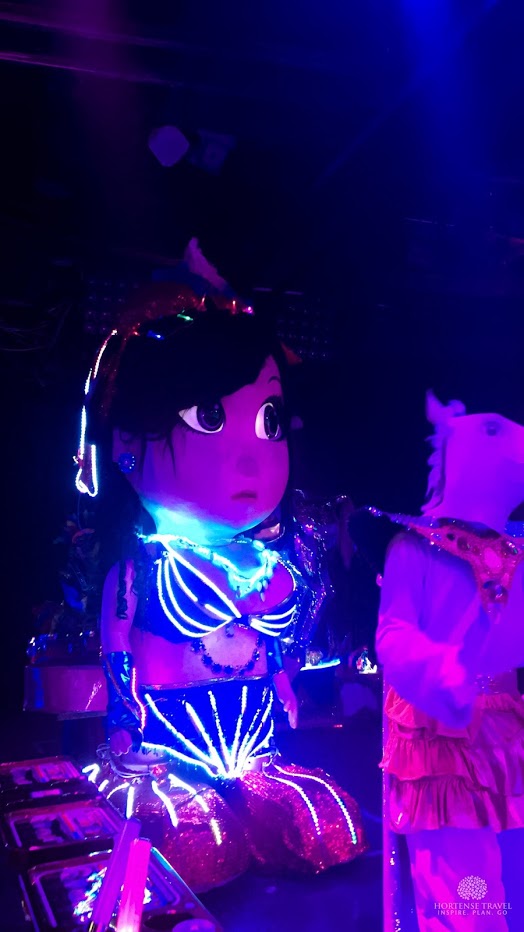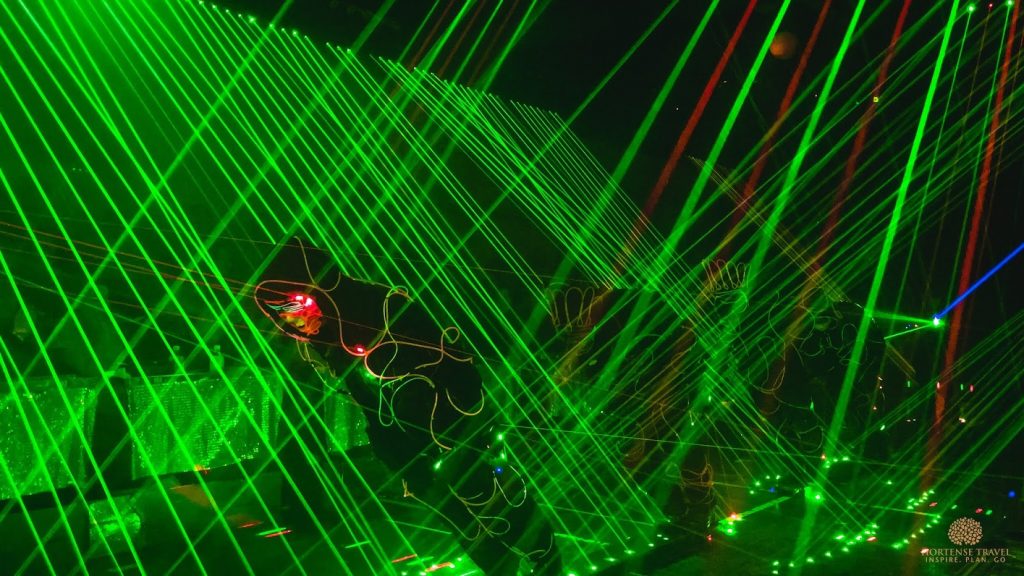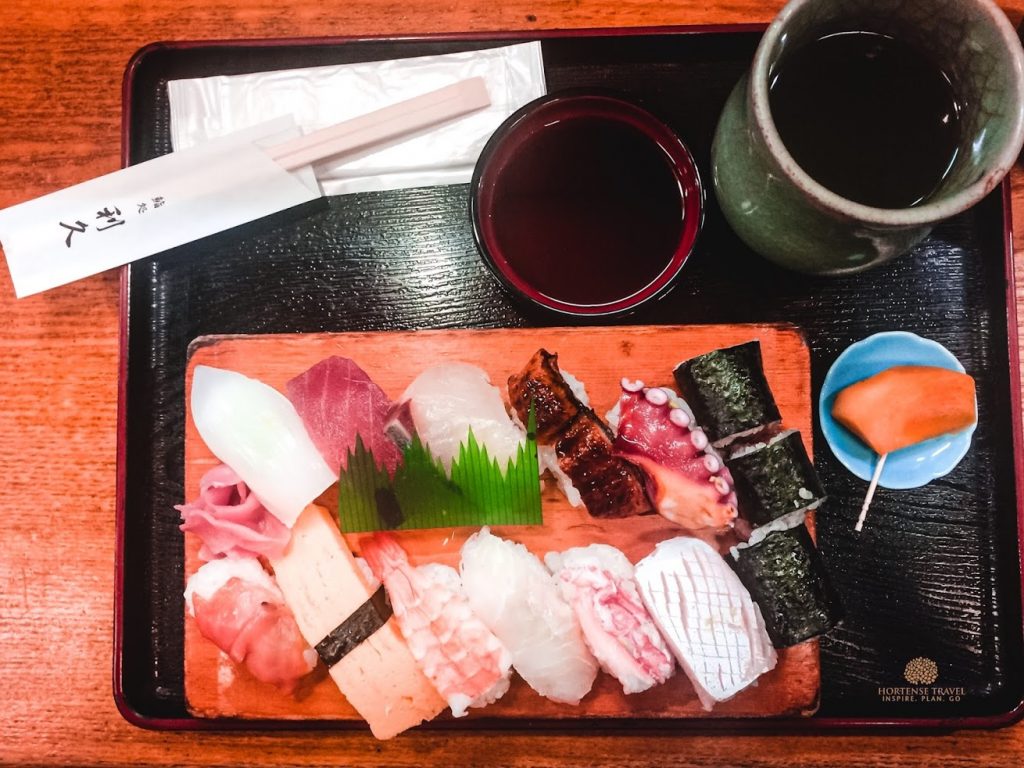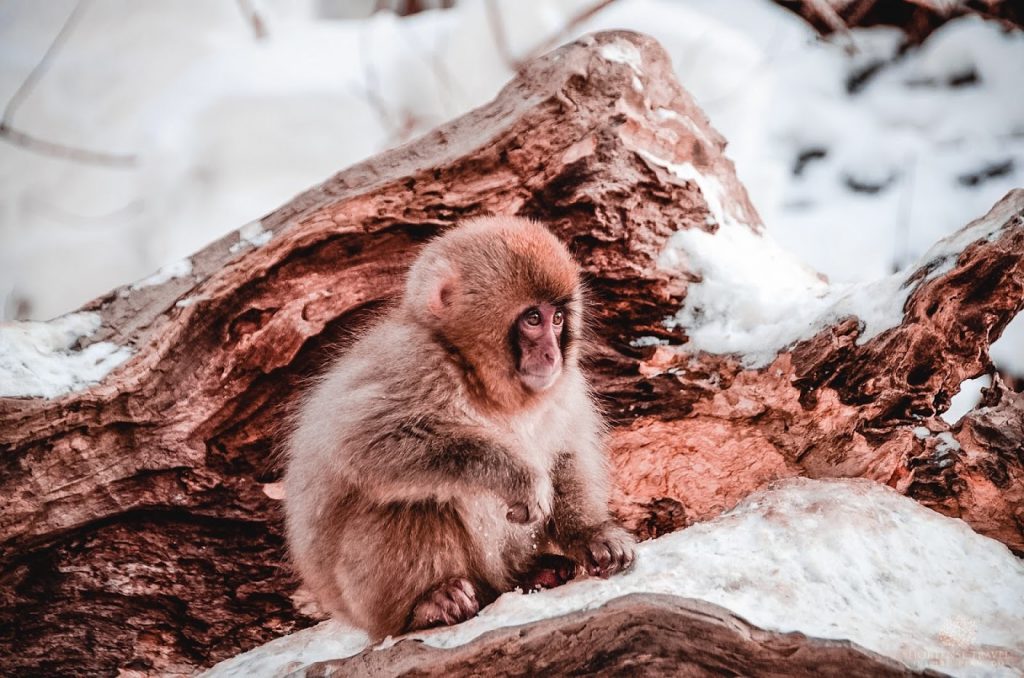
Tokyo might not be a magic carpet ride but it sure is shining, shimmering, and splendid. Japan’s metropolis central has long earned its glitzy image as a 24-hour movie reel of bright lights, big city, staying lively long after the trains have stopped running. You could fill up every minute of the day with something to do. Variety is guaranteed – Tokyo nightlife is all about fulfilling individual entertainment needs, whether they are an overnight stay at a manga café or a sizzling spin around the clubs.
Weather permitting; you can even sit down in a neighborhood park for heart-to-heart talks. And if you’re Cinderella whose pumpkin is the last train, there’s still plenty of time to catch a late-night performance art show.
Major Tokyo Nightlife districts
Whilst the areas around major railway stations are bound to have their own cluster of nighttime entertainments, there are four districts known for their vibrant nightlife. Shinjuku, Shibuya, Ginza and Roppongi feature the same range of restaurants, bars and clubs but their target demographics vary. The former two tend towards a younger crowd with mixed interests, while the latter caters to more exclusive or foreigner-heavy crowds.
· Shinjuku
Shinjuku is one of the biggest cross-points in Tokyo, hosting the largest number of transit lines bar perhaps Tokyo Station. It is also one of the most frenetic districts due to a veritable span of office blocks, megamalls and the colossal Shinjukugyoen Park. The energy doubles in the evening as bars and clubs hoist their neon signs.
Kabukicho is Tokyo’s most well-known red-light district, chock-full of izakayas, live music bars, seedy clubs and karaoke establishments. You can navigate its somewhat shady reputation by firmly rejecting bids to enter any clubs or bars or let the madness sweep you away. With a bit of pluckiness however, this dynamic district rewards with cozy hole-in-the-walls and family-run restaurants. The Golden Gai, in particular, is a treasure trove of izakayas that will let you experience traditional drinking culture via narrow alleys and tipsy camaraderie.
Shinjuku is also an established LGBT go-to. Seek out the small but welcoming ni-chome for a host of gay bars and clubs.
This makes Shinjuku one of the best places to stay in Tokyo. Park Hyatt Tokyo is one of the most famous hotels in that area.
· Shibuya
Shibuya is club central, luring in Tokyo’s youth and international visitors in all its bass-thumping glory. Dense and brightly lit from dusk to dawn with countless eateries and boutiques, you’ll find a happy amalgamation of clubs, arcades and water holes to keep the night owls hooting. If you’re committed to a wild night out, we recommend catching the last train to Shibuya and planting your feet there. There are dozens of clubs to choose from, featuring local and visiting DJs. Sound Museum Vision is one of such, a four-floor venue with an amazing sound system.
For quieter feels, check out Nonbei Yokocho for a series of tiny bars and restaurants. You might wander across Love Hotel Hill for which Shibuya is known for; love hotels packed shoulder to shoulder. You don’t have to be looking for a discreet place to dally to stay in a love hotel. They’re good places to crash in if you need to nap for a few hours.

· Ginza
Treat yourself to some of Tokyo’s finest dining at Ginza, the district of everything upscale and money-slick. Home to the historic Kabuki Theatre, Ginza sets you up for a night of cultural appreciation. We suggest dining at one of Tokyo’s best sushi shops then catching a show; perhaps ending the night with a nightcap at a chic bar.
To experience the luxury of Ginza stay at Four Seasons Hotel Tokyo at Marunouchi.
· Roppongi
Roppongi attracts the highest concentration of foreigners, drawing on its history as a popular hangout of Allied forces. Many of its bars and clubs serve ex-pats and Japanese salaryman comfortable with shelling out. Pricier than Shibuya and Shinjuku but affordable and inclusive compared to Ginza, Roppongi is a good medium if you’re looking for English-speaking nightlife.
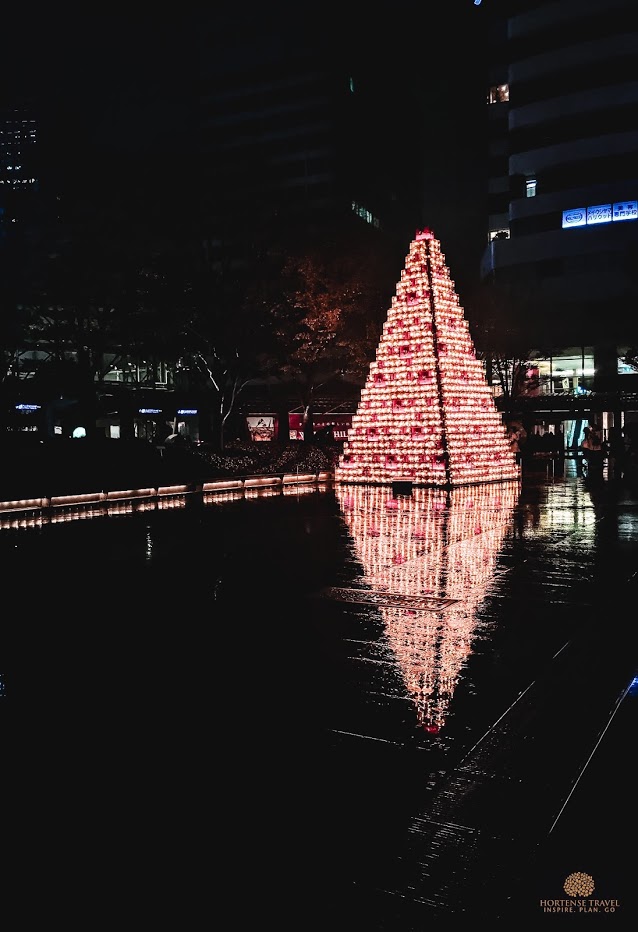
· Shimokitazawa
Thrift shopping haven in the day and hip drinking hole in the night, Shimokitazawa is for alternative crowds who dig more laid-back atmospheres. The bars and izakayas here are more reasonably priced; many snuggled away in an unassuming cranny. It is the place to be if you’re looking for a no-pressure night out. Shimokitazawa’s budding music scene is crafted for indie lovers too, spread across dozens of small venues.
All these places are great but check out the full guide on typical Tokyo neighborhoods for more info.
Karaoke
Karaoke is a Tokyo classic and the common go-to when you’re not sure how to kill time. You pay a starting fee and then a flat rate for every additional hour (unless you’re paying per time period) for the room and unlimited drinks – it’s a bargain! Karaoke Kan is one of the biggest chains in the country, although the cheapest chain by far is Uta Hiroba. They’re relatively old establishments compared to Big Echo, which is arguably the best karaoke chain. Big Echo offers a wide-ranging selection of songs from both Japanese and international artists, a solid food and drinks menu, and well-kept rooms.
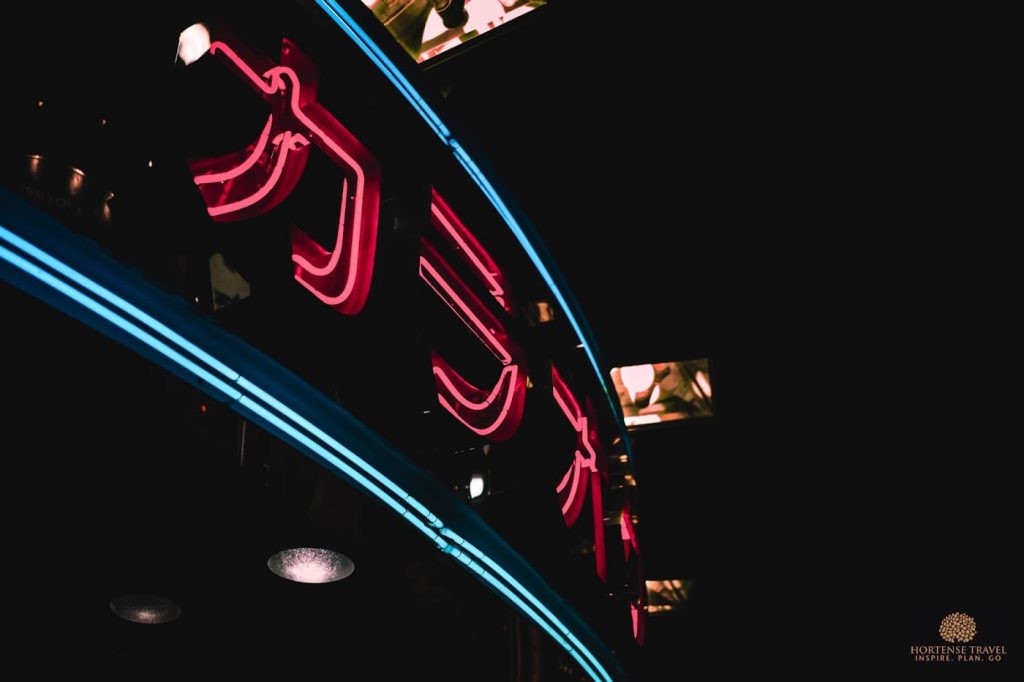
Live performance shows
There is no shortage of live performance shows in Tokyo, whether we’re talking traditional performance arts or more casual affairs. You can be dining with the robots at the famous Robot Restaurant, which serves a robotic show that plays on your sci-fi fantasies. Live music is also well-established – we highly recommend hitting up one of Shibuya’s underground music clubs for head-banging band performances. Jazz music is a Tokyo favorite too; drop by the music bars at Shimokitazawa and Koenji for some body-swaying tunes.
Alternatively, hit up P.A.R.M.S Theatre for Tokyo’s unique idol culture or a neo-kabuki show. Ginza’s Kabuki Theatre is a ritzier option if you’re into traditional arts.
Night Views
One of Tokyo’s selling points is the glimmering mass of city view, especially come night time. The sprawling metropolis doesn’t sleep, illuminated by the constant buzz of advertisement boards, restaurant signs and amber glow of streetlights.
· Night walks
A post-meal stroll is one of the best ways to experience the city as it presents a very different atmosphere. Bustling Tokyo quietens down where you least expect it, including the historical Asakusa district. While the main halls of Sensoji Temple close by 5PM, visitors are free to roam the lantern-lit grounds where the warm glow grants the vermillion structure a nostalgic and beautiful aura.
Odaiba is tranquil at night too, the waterfront promenade and light sea breeze forming the perfect space to unwind. You can admire the Rainbow Bridge from there, and perhaps relax at the nearby onsen later in the evening.
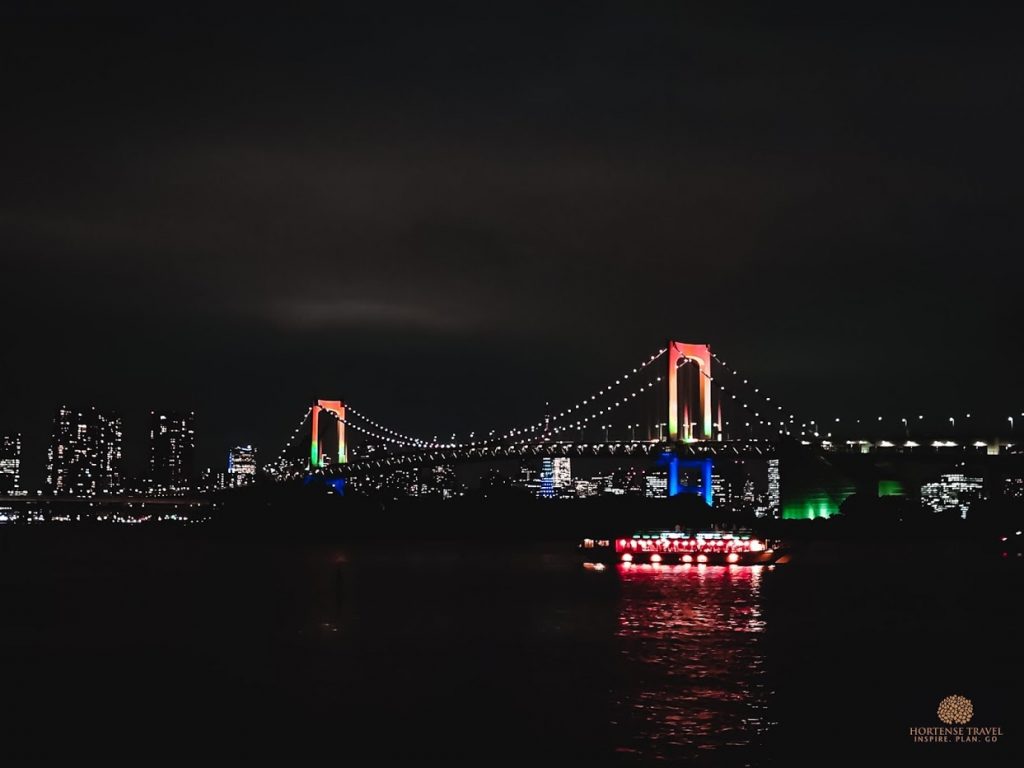
· Observatories
Most observation decks deserve two visits, one in the daytime and one at night. It’s astounding watching the city thrive in the dark, as office blocks slowly switch off and family homes burst with warmth while traffic continues to whizz. You should definitely scale up an observation deck as most stay open until around 10 PM, plenty of time for a post-dinner viewing. Tokyo Skytree, Tokyo Tower, Tokyo Metropolitan Government Building, and Sunshine 60 are great vantage points.
You could, alternatively, enjoy fine dining in top floor restaurants.
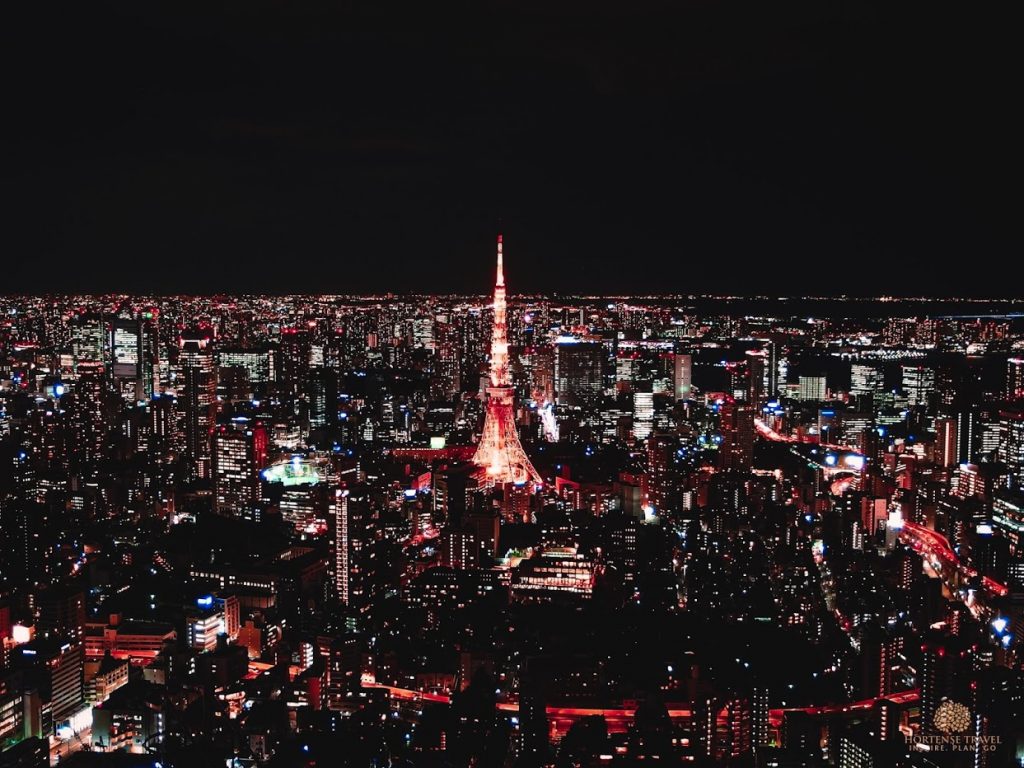
· Night Cruises
Sign up for a night cruise around Tokyo Bay for a unique vantage point. You have several operators offering 2-3 hour rides with choice of dinner at an additional charge. The Yakatabune Harumiya Cruise is a widely appreciated choice. It’s both a cultural and aesthetic experience, observing the Heian tradition of a sightseeing cruise while dining.
· Helicopter ride
It may not be cheap to take a 15-minute helicopter ride – it costs around ¥25,000 – but the views are certainly spectacular.
Onsen
Tokyo’s hot springs might not have the same rural serenity that comes with being attached to a traditional inn in the mountains, but the perks include all-day access and a wider selection of baths. The city offers large hotel-like onsen establishments that come with dining and entertainment options as well. You can think of them as theme parks of sorts, where you pay an entrance fee for unlimited access to its hot spring pools.
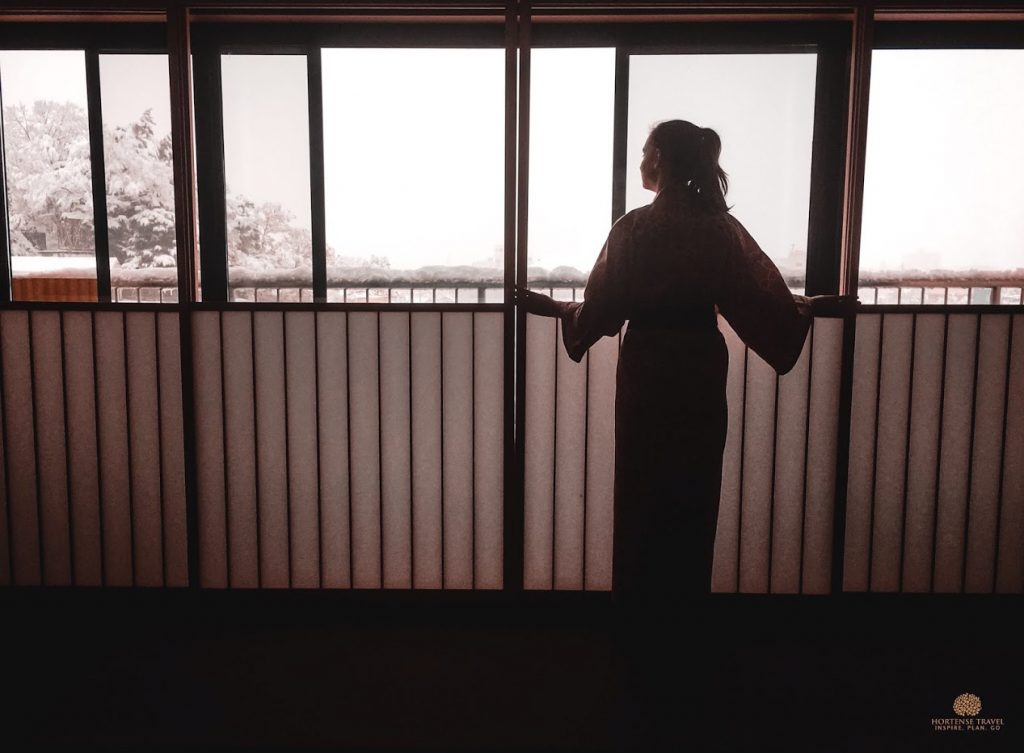
Open from 11AM to 9AM of the next morning, this hot spring theme park is a great hideaway if you end up missing the last train. In fact, it might even be cheaper to stay the night here than at a hotel: admission fee costs ¥2180 after 6PM with an additional overnight fee of ¥2160 after 2AM. Located in Odaiba, this Edo Period styled complex is situated right by the coastline to offer distance from city center. You can enjoy both indoor and outdoor baths pumped full of deep spring water. There are plenty of restaurants and game stalls to keep you occupied.
Also open around the clock, LaQua is smack dab city center at Tokyo Dome City. It’s a popular destination for unplanned overnight stays, with an admission fee of ¥2850 and additional charges after midnight. It is considerably more modern in design, featuring not only hot springs but also wellness services such as saunas, massage, beauty treatments and relaxation rooms.
There are more private and humble onsen establishments as well, although smaller places rarely offer overnight stays. If you simply want a post-dinner soak with little social interaction, seek out a family-run onsen.
Izakaya hopping
Follow the smoky scent of grilled skewers for saliva-inducing late-night eats. Japan’s izakaya, traditional drinking houses, tend to be small family-run affairs that survive off a roster of regular customers. You order by the skewer and drink, pressed bodily against your companions or random strangers in boisterous company.
These drinking spots are best found in narrow streets and alleys; in Tokyo uniqueness, some are found under train tracks. Shinjuku’s Golden Gai and Omoide Yokocho are legendary drinking quarters, ramshackle bars seating a handful of people at a time. Vintage Bar Plastic Model and artsy Bar Kodoji are two of many themed establishments. Yurakcho Yokocho is another bustling track of izakaya, alongside Shibuya’s under-the-tracks Nonbei Yokocho.
If you get turned away, don’t get offended! Some bars are reserved for regulars only. There are plenty others that will take you in with open arms.

All-in-one sporting and amusement facilities
If you need proof that Japan spoils their youth with boundless entertainment, look no further than the plethora of game centers, cinemas and sporting facilities. Round 1 is a top-tier sporting entertainment facility, offering everything from golf to baseball and arcade games. There are also old-style batting centers such as Shinjuku’s Oslo Batting Center and Arcade, where the first floor features nostalgic basketball throws and air hockey machines, and a second floor where you can practice pitching and catching. Akihabara is the district to visit for game centers.
Baseball Games
It is a running gag that baseball is actually Japan’s national sport – it is that well-loved. Scores of spectators attend baseball games, the nighttime matches only serving to wind up the tension. Check in with your hotel reception on the particulars of the next baseball game and grab tickets for an energy-filled night. It’s a surreal experience for any baseball fan.
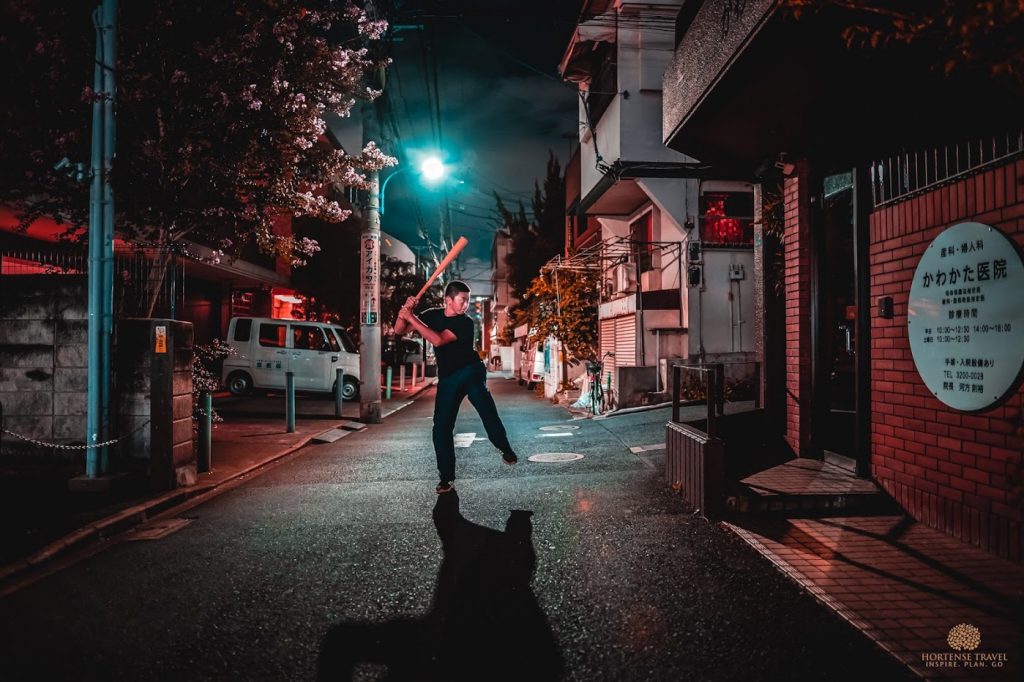
Winter Illuminations
Seasonal nightlife attractions are many too, including the inexhaustible list of festivals throughout the year. A Tokyo specialty lies in winter illuminations, stunning displays that run from November to Christmas or the New Year. Photographers and romantic couples stream onto the streets during this season to marvel at the fairy lights wound around trees and buildings, settling like a lovelorn sigh over certain avenues. Walk off your dinner with extra incentive to stay out in the cold.
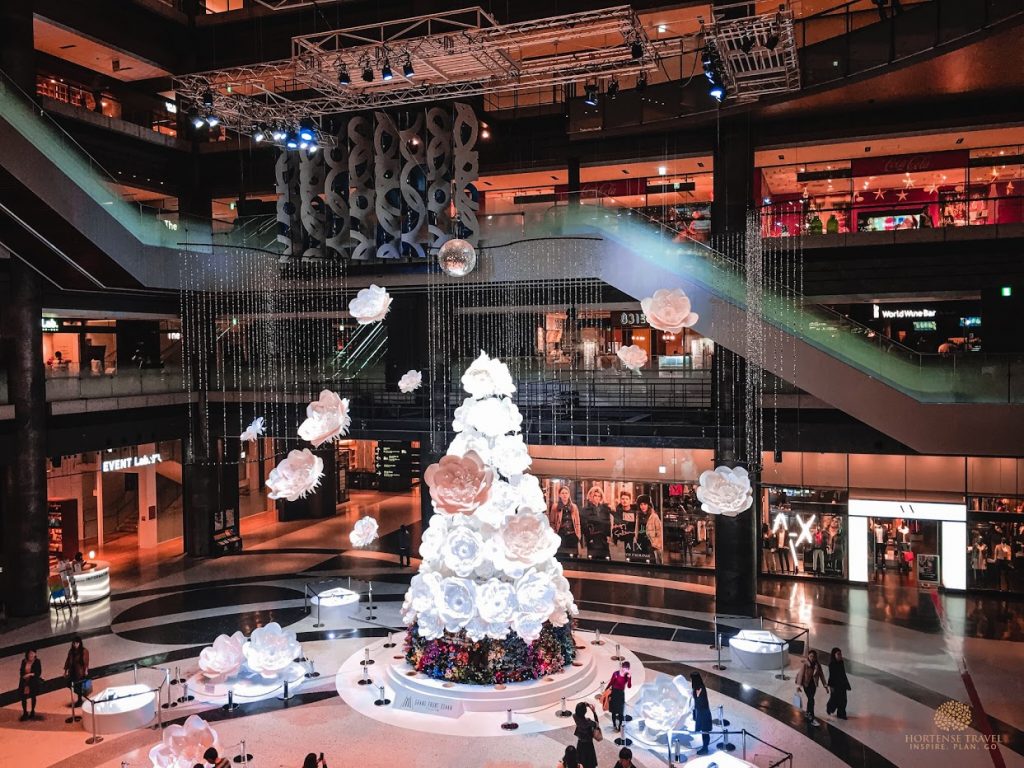
Tokyo is built with the future in mind, evident in its constantly moving state. It makes it easy for us to get lost in noise and distraction; we could go without sleep and explore an entire day. Still, it sets aside restful spaces for those who can’t keep up with the fervent energy, allowing everyone to find their own pace. While “nightlife” is often interpreted as letting loose our inhibitions and wiling time away in clubs and bars, Tokyo has redefined it as the ambiguous hours in a day where we can indulge in our freedoms, whatever they may be.
While this is by no means a complete list of Tokyo nightlife can-do’s, it paints the many possibilities the city has to offer.
